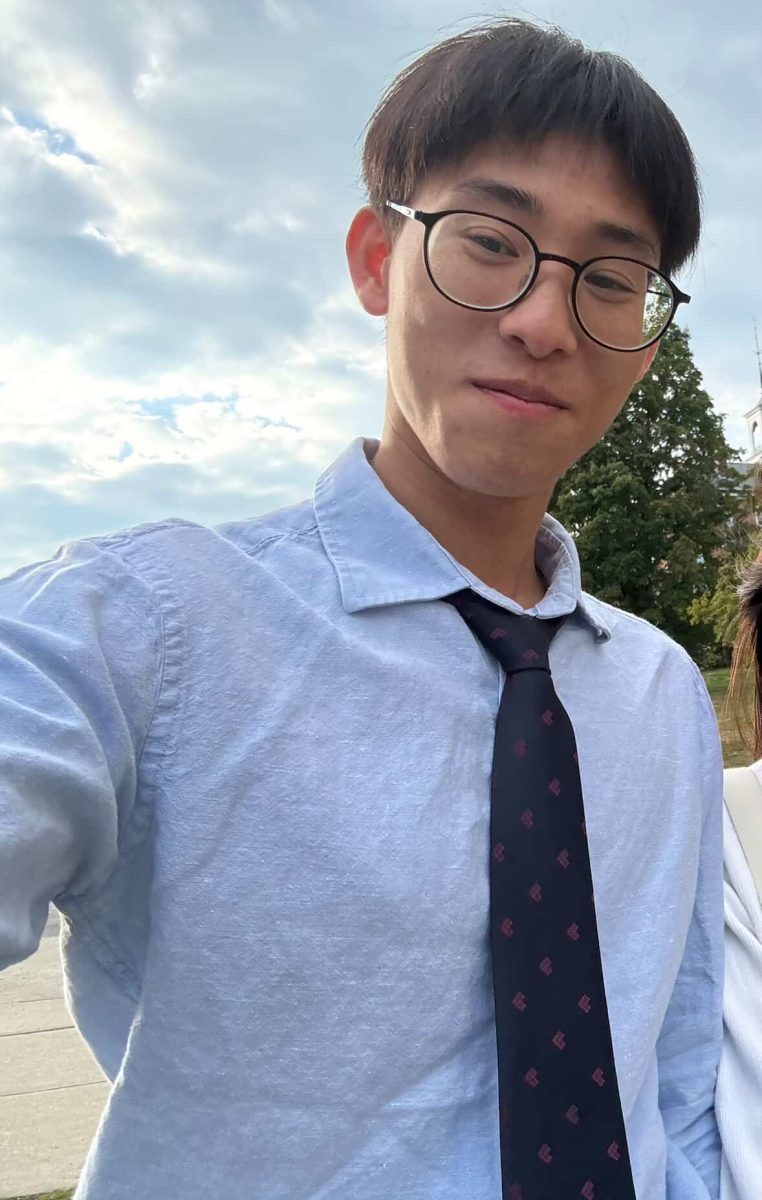
In January 1939, the doors of the Faculty House opened for the first time. The $100,000 alum-funded space boasted a state-of-the-art air conditioning system and china monogrammed with the College’s seal, as well as a feature that students might not be aware of today: the bowling alley in its basement.
The alley, which still exists, has two lanes and several sets of pins. But unfortunately for aspiring student bowlers, not just anyone can play.
Only community members who pay dues to the Faculty Club — including current and retired faculty, staff, alums, and Town residents — have access to the bowling alley. Especially dedicated bowlers from any of these groups can join the Faculty Club Bowling League, which has hosted weekly bowling games nearly every winter competition season since it began in 1953.
“It’s a gem,” Faculty Club President and Interlibrary Loan Supervisor, Alison O’Grady told the Record. “Who would ever think that there would be a bowling alley downstairs? It’s part of the College’s history. I think it’s important that we keep it going [and] maintained.”
Henry Flynt ’44, who was the director of financial aid and dean of fellowships from 1950 to 1988, was a member of the first iteration of the league in 1953, when it was composed of 27 bowlers in four all-male teams.
In the early days, the alley was hand-operated, meaning that members’ wives and children were expected to dodge and reset flying pins, Flynt said in his remarks at a 1996 bowling banquet — an event hosted to announce the team rankings at the end of each season. But with the creation of the league, setting pins turned into a form of campus employment. “When the league first started in the early 1950s, faculty sons were hired to set pins at the prevailing wage of 10 cents per bowler, per game, and often were recognizable on campus because of missing front teeth,” Flynt said.
The 1960s saw changes to league leadership and structure. The College installed bowling machines to eliminate the need for manually-set pins. The league also became more inclusive over time. It welcomed its first women — including Nancy McIntire, the College’s first female dean — in 1972, Flynt said. This coincided with the College’s move toward coeducation in the early 1970s. By 1996, nearly half of the league’s members were women.
In the late 1960s, the league saw its first “czar,” the league’s then-term for leader: David Booth, former vice provost and lecturer in political science. Booth, in a 1967 memo to veteran bowlers and new faculty at the College, described the league as having “something for everyone.” Among the list of benefits of bowling, Booth said, the sport was “ideal for giving the appearance of exercise while effectively avoiding the substance,” its “dominant culture places a high value on low scores and general failure,” and “bowlers are inevitably viewed by the broader academic community as one-of-the-boys types.”
The league also offered an opportunity for inter-departmental connections. “Fruitful conversations may result,” Booth wrote in his memo. “At least one will be able to recognize more of the speakers at faculty meetings.”
As the league grew more popular, students expressed shock at the discovery of the lanes hiding just below their feet. “So, the Faculty House is all a front for what they call the ‘Faculty Bowling League,’” Jenny Bicks ’85 satirically wrote in an April 27, 1982, Record article. “A front for secret, illicit betting on the roll of a ball. These are professors who are shaping our lives!”
The league boomed in the 1980s. A Nov. 10, 1987, Record article cited the league as a prime example of faculty social life, when it consisted of eight 10-person teams. In 1989, membership reached an all-time high of 92 bowlers, Flynt said in his 1996 remarks.
Now, however, the league is made up of four six-person teams of mostly staff and fewer faculty members, O’Grady said. Bowlers compete Monday and Tuesday afternoons while in-season from November to March.
O’Grady was glad to see the league restart in November 2023 after its hiatus during the COVID-19 pandemic. “We have a great time,” she said. “It’s a joyous thing. It’s great to see people laugh and be together after being unable to do anything in the same place.”
Faculty Club Vice President and retired dance department staff member Mary Pfister expressed similar sentiments in an email to the Record. “Mostly it is a group of people gathering to have fun together,” she wrote. “We do a lot of laughing since most of us are really not very serious or good at [bowling].”
The long list of recognizable names who have participated in the league — from former College presidents and notable faculty to athletic coaches and community leaders — is a testament to its importance. “It’s a reflection of College history that is really rich,” O’Grady said. “And you know, who would have thunk it, right? ‘What’s that noise?’ Yeah, it’s the bowling alley.”








